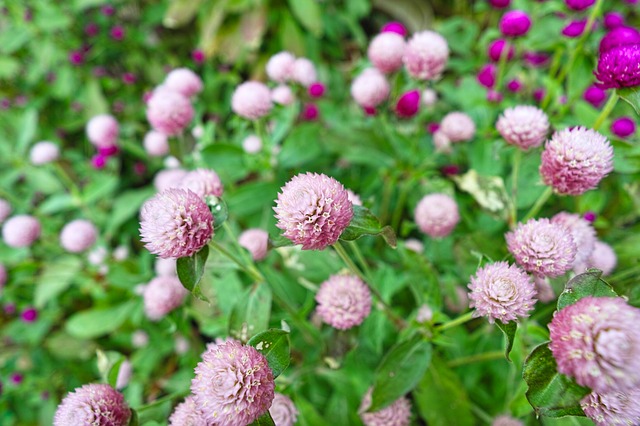




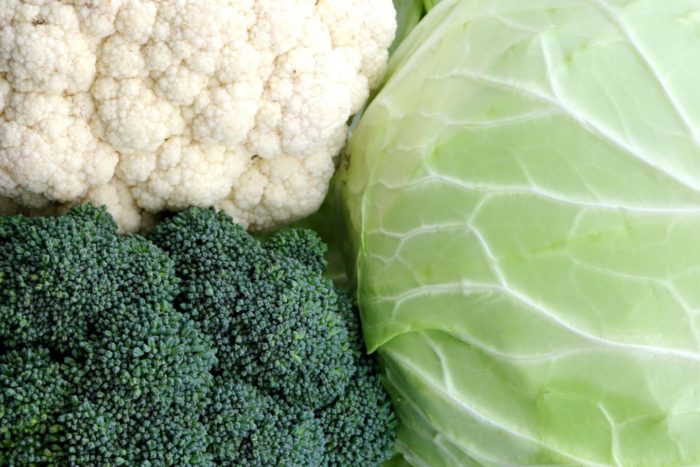
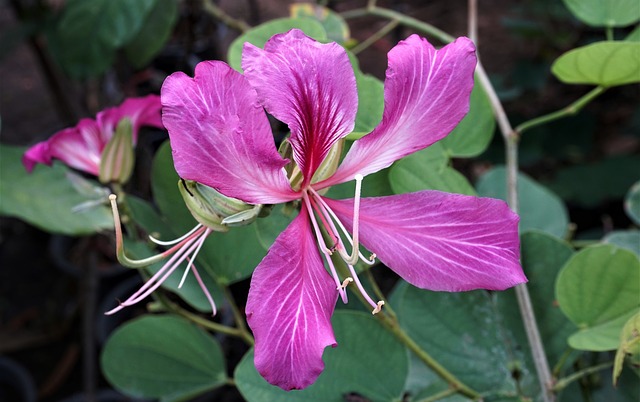
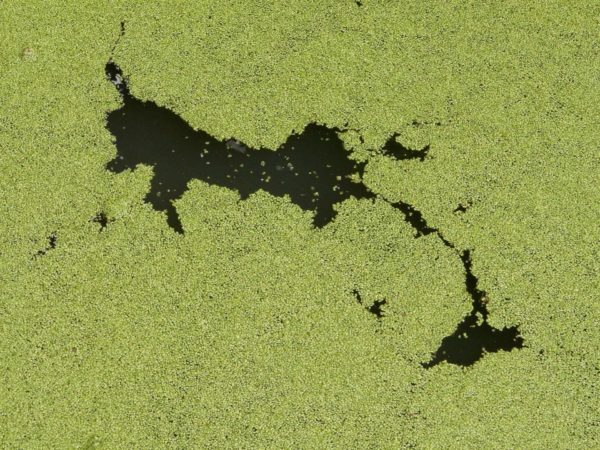

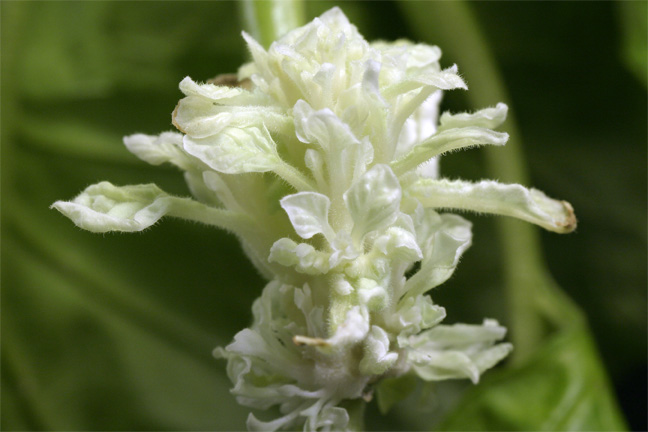
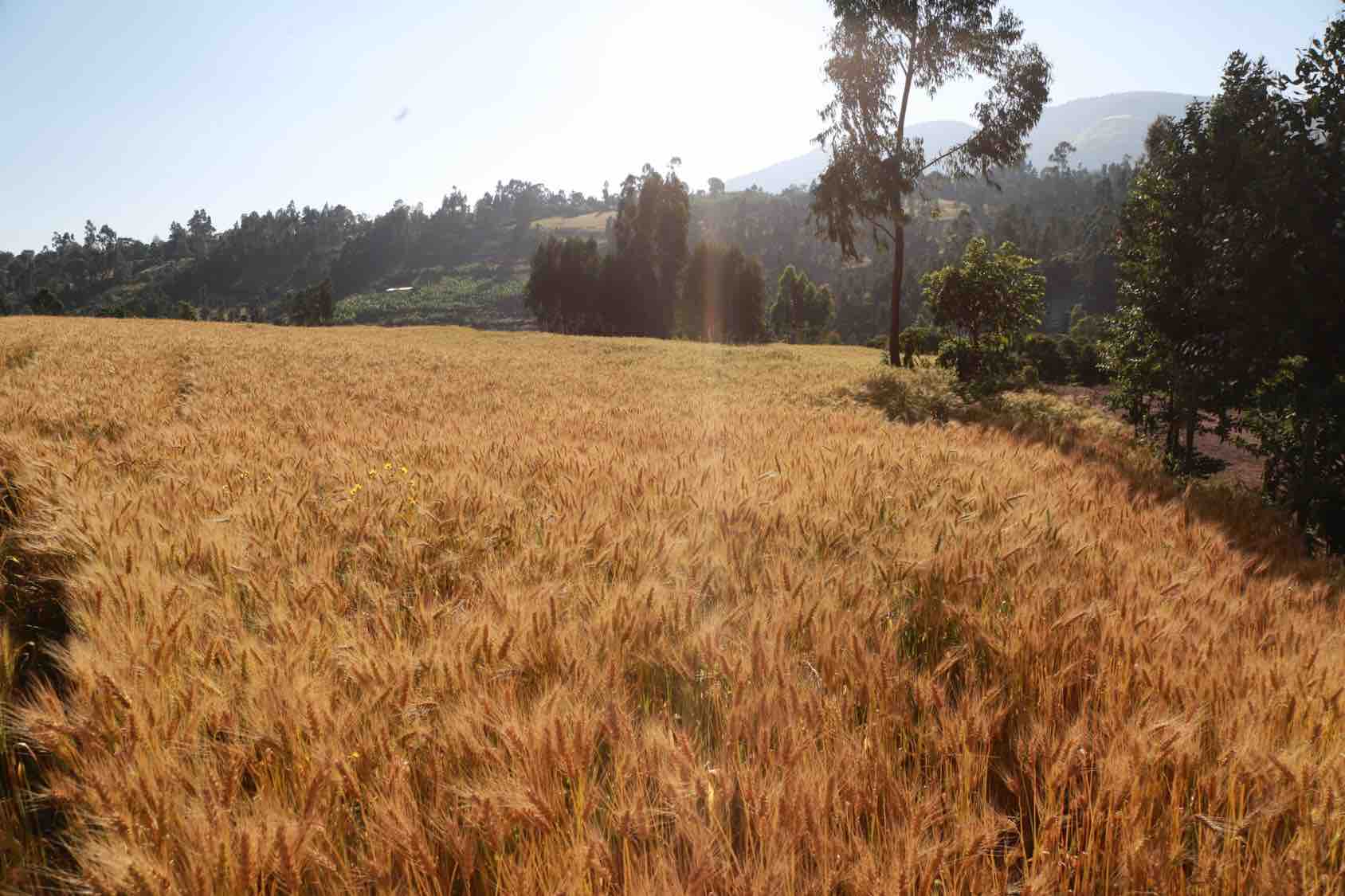
Scientists identified significant new chromosomal regions for wheat yield and disease resistance, which will speed up global breeding efforts.
Using the full wheat genome map published in 2018, combined with data from field testing of wheat breeding lines in multiple countries, an international team of scientists has identified significant new chromosomal regions for wheat yield and disease resistance and created a freely-available collection of genetic information and markers for more than 40,000 wheat lines.
Reported in Nature Genetics, the results will speed up global efforts to breed more productive and climate-resilient varieties of bread wheat, a critical crop for world food security that is under threat from rising temperatures, rapidly-evolving fungal pathogens, and more frequent droughts, according to Philomin Juliana, wheat scientist at the International Maize and Wheat Improvement Center (CIMMYT) and first author of the new study.
“This work directly connects the wheat genome reference map with wheat lines and extensive field data from CIMMYT’s global wheat breeding network,” said Juliana. “That network in turn links to over 200 breeding programs and research centers worldwide and contributes to yield and other key traits in varieties sown on nearly half the world’s wheat lands.”
The staple food for more than 2.5 billion people, wheat provides 20% of human dietary calories and protein worldwide and is critical for the nutrition and food security of hundreds of millions of poor persons in regions such as North Africa and South Asia.
“Farmers and societies today face new challenges to feed rising and rapidly-urbanizing populations, and wheat epitomizes the issues,” said Ravi Singh, CIMMYT wheat breeder and corresponding author of the study. “Higher temperatures are holding back yields in major wheat-growing areas, extreme weather events are common, crop diseases are spreading and becoming more virulent, and soil and water are being depleted.”
Juliana said the study results help pave the way to apply genomic selection, an approach that has transformed dairy cow husbandry, for more efficient wheat breeding.
“Molecular markers are getting cheaper to use; meanwhile, it’s very costly to do field testing and selection involving many thousands of wheat plants over successive generations,” Juliana said. “Genome-wide marker-based selection can help breeders to precisely identify good lines in early breeding generations and to test plantlets in greenhouses, thereby complementing and streamlining field testing.”
The new study found that genomic selection could be particularly effective in breeding for wheat end-use quality and for resistance to stem rust disease, whose causal pathogen has been evolving and spreading in the form of highly-virulent new races.
The new study also documents the effectiveness of the global public breeding efforts by CIMMYT and partners, showing that improved wheat varieties from this work have accumulated multiple gene variants that favor higher yields, according to Hans-Joachim Braun, director of CIMMYT’s global wheat program.
“This international collaboration, which is the world’s largest publicly-funded wheat breeding program, benefits farmers worldwide and offers high-quality wheat lines that are released directly to farmers in countries, such as Afghanistan, that are unable to run a full-fledged wheat breeding program,”
Braun explained.
The study results are expected to support future gene discovery, molecular breeding, and gene editing in wheat, Braun said.
Together with more resource-efficient cropping systems, high-yielding and climate-resilient wheat varieties will constitute a key component of the sustainable intensification of food production described in Strategy 3 of the recent EAT-Lancet Commission recommendations to transform the global food system. Large-scale genomics will play a key role in developing these varieties and staying ahead of climate- and disease-related threats to food security.
Read the paper: Nature Genetics
Article source: CIMMYT
Image: Apollo Habtamu/CIMMYT

An international team of Earth system scientists and oceanographers has created the first high-resolution global map of surface ocean phosphate, a key mineral supporting the aquatic food chain. In doing so, the University of California, Irvine-led group learned that marine phytoplankton – which rely on the trace nutrient – are a lot more resilient to its scarcity than previously thought.
The researchers’ findings, published today in Science Advances, have important implications for climate change predictions. Ocean algae, or phytoplankton, absorbs a significant amount of carbon dioxide from the Earth’s atmosphere, thereby providing a valuable service in regulating the planet’s temperature.
“Understanding the global distribution of ocean nutrients is fundamental to identifying the link between changes in ocean physics and ocean biology,” said lead author Adam Martiny, UCI professor of Earth system science and ecology & evolutionary biology. “One of the outcomes of having this map is that we can show that plankton communities are extremely resilient even in nutrient-deficient environments. As lower ocean nutrient availability is one of the predicted outcomes of climate change, this may be good news for plankton – and for us.”
Dissolved inorganic phosphate plays an important biogeochemical role in the ocean habitat but is notoriously difficult to detect. Phosphorus is a crucial element of essential-to-life molecules such as adenosine triphosphate, which stores and transfers chemical energy between cells, and those found in DNA. Earth has a finite amount of phosphorus – unlike many other nutrients useful to phytoplankton – and it’s rare in the ocean.
Knowing how much is out there, and where, helps scientists understand the dynamics of the ocean food web and how it will be affected by alterations in ocean chemistry brought on by climate change. Martiny and his colleagues analyzed more than 50,500 seawater samples collected on 42 research voyages covering all of Earth’s ocean basins.
Martiny said that in addition to identifying regions where the mineral is in short supply, the team was able to discover previously unknown patterns of phosphate levels in major ocean basins in the Atlantic and Pacific.
“We have for too long had this simplistic view of a nutrient-rich ocean at high latitudes and ocean deserts at low latitudes,” he said. “However, in this paper we argue that our current predictions of nutrient stress may be too dire and that marine organisms are able to handle a limited supply of phosphate better than we previously thought.”
Read the paper: Science Advances
Article source: University of California – Irvine